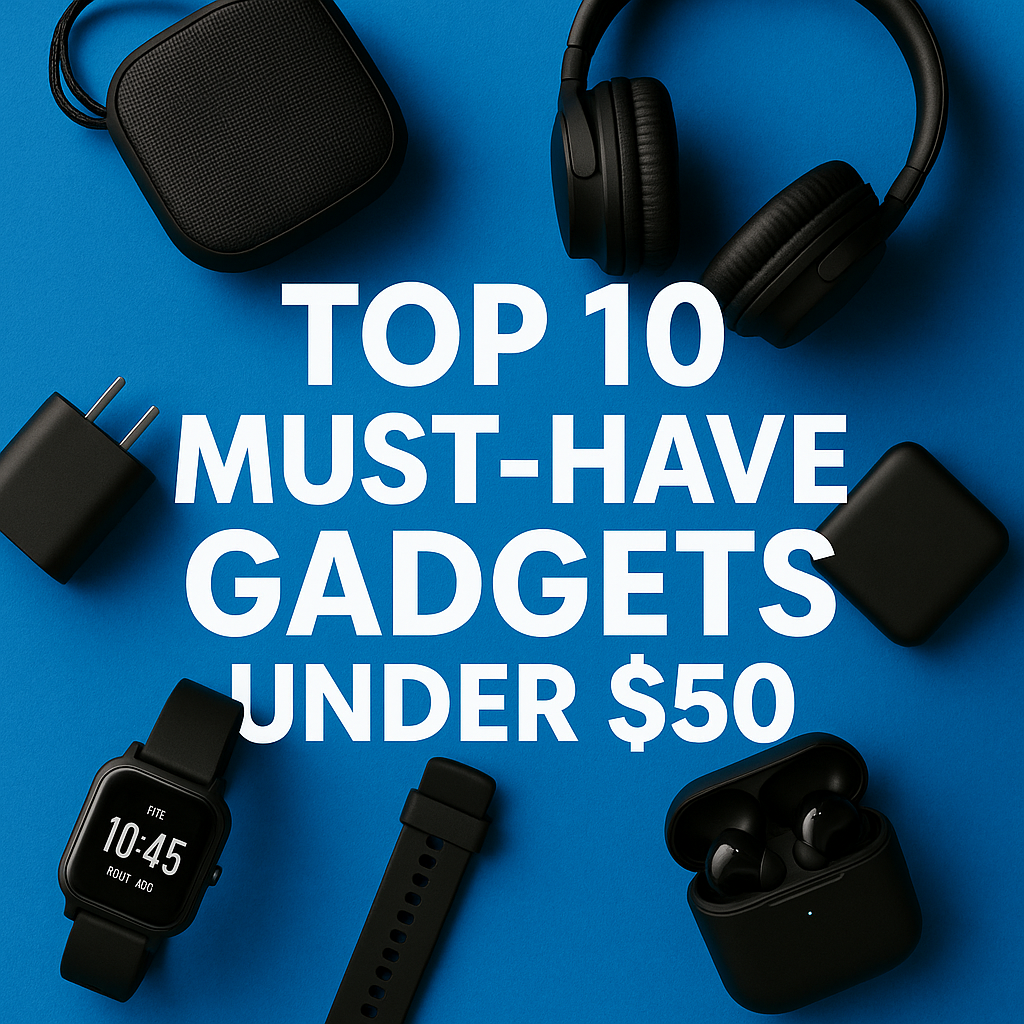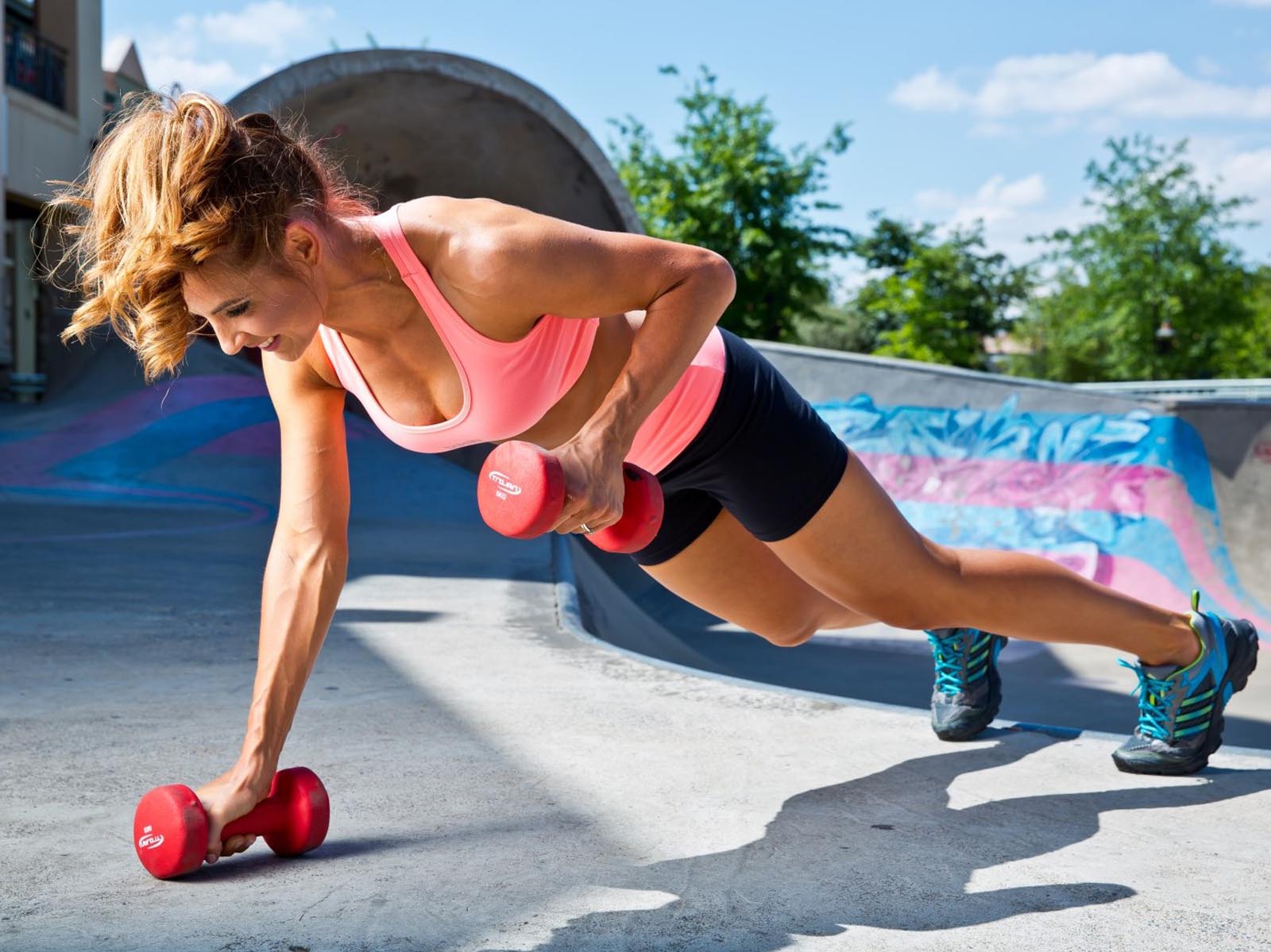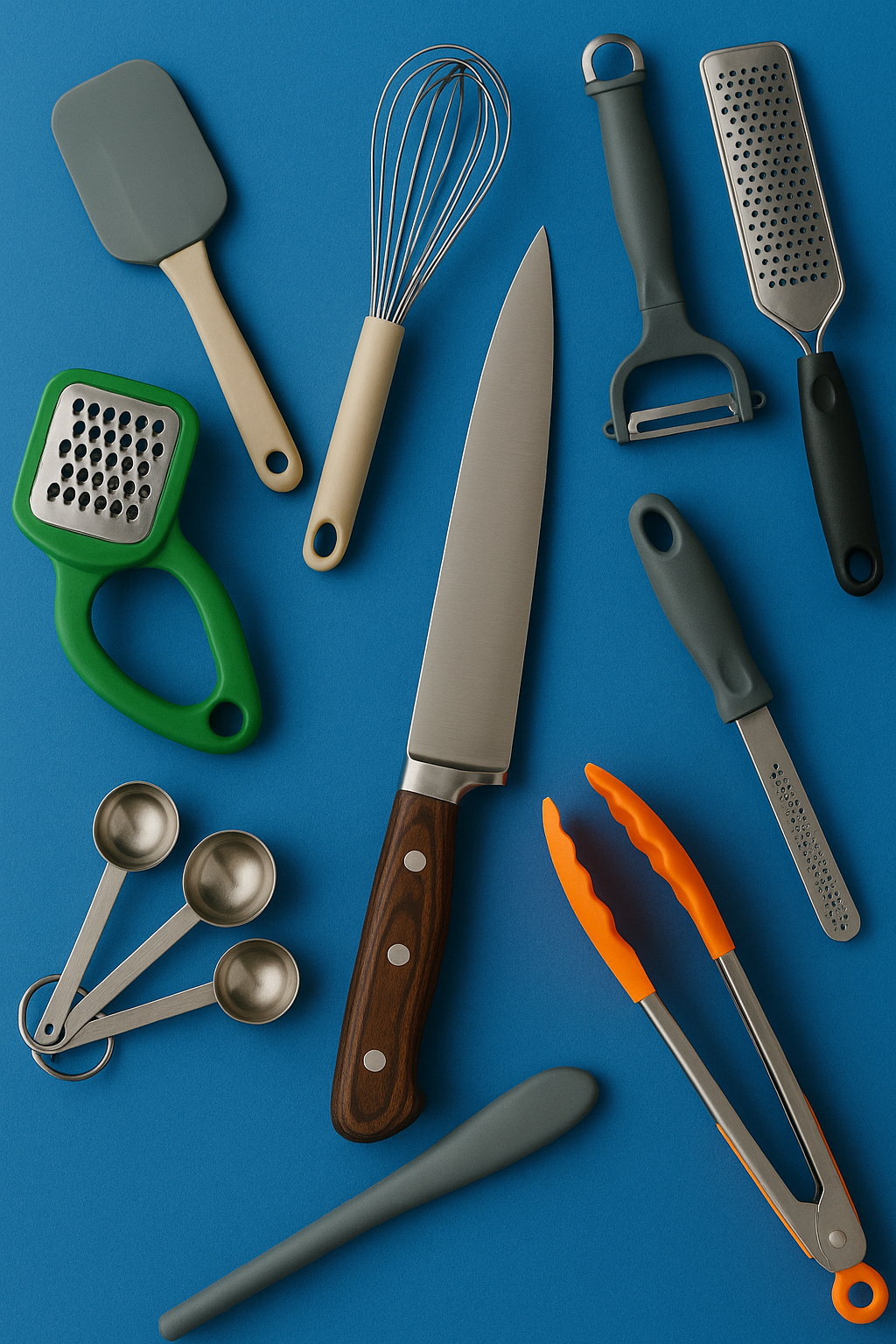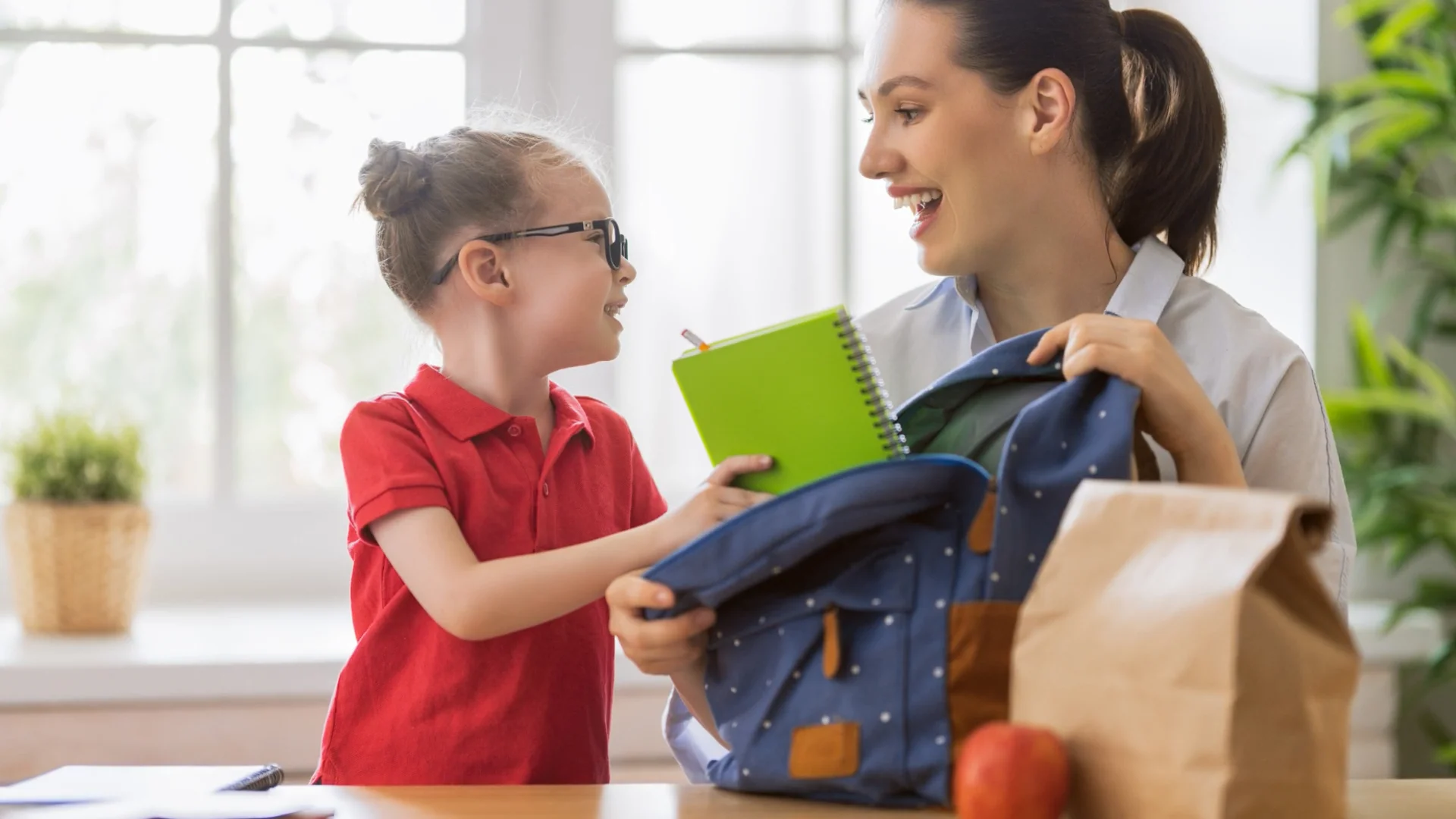Let’s face it: preparing for the school year can sneak up on even the most organized parents. Between juggling work, family, and summertime distractions, it’s easy to forget the essentials — or scramble at the last minute, only to find half the supplies sold out.
A smart, detailed checklist not only saves time and money but helps you avoid that sinking feeling of “Did we forget something?” on the first day of school. Whether it’s your child’s first year or their final stretch before graduation, this list will help you stay one step ahead.
1. Core School Supplies
Most schools provide specific lists by grade level, but there are some basics nearly every student will need:
-
Notebooks (wide or college-ruled, depending on age)
-
Folders with pockets
-
Loose-leaf paper
-
Binders and dividers (great for older students)
-
Pens, pencils, and erasers
-
Highlighters and markers
-
Ruler, protractor, and calculator (as needed)
-
Pencil sharpener and pencil case
-
Glue sticks, scissors, and tape
Tip: Buy a few extras of commonly used items like pencils and glue — you’ll likely need refills by mid-year.
2. Backpack and Organization Gear
Your child’s backpack should be functional and comfortable, especially if they carry it daily.
Look for features like:
-
Padded shoulder straps
-
Multiple compartments
-
Side pockets for water bottles
-
A laptop sleeve (for older students)
Also consider:
-
Lunchbox or insulated bag
-
Locker shelves or organizers
-
Name labels or tags (especially for younger kids)
Bonus Tip: Let your child pick their backpack — they're more likely to take care of it when they feel ownership.
3. Clothing and Footwear
Kids grow fast, and school clothing often takes a beating. Do a quick wardrobe check before shopping to avoid overbuying or missing essentials.
Checklist:
-
School-appropriate tops and pants/shorts
-
Undergarments and socks
-
Comfortable shoes and gym sneakers
-
Sweaters or light jackets
-
Raincoat or weather gear (if needed)
-
Uniform pieces, if applicable
Pro Tip: Don’t forget about gym or PE clothes — many schools require a separate change of clothes and a small bag to carry them.
4. Lunch and Snack Supplies
Even if your child eats school lunch most days, it’s good to be prepared for field trips, picky-eater days, or early dismissals.
Essentials:
-
Reusable lunchbox or bag
-
Leak-proof containers
-
Water bottle (preferably insulated)
-
Ice packs
-
Reusable snack bags or small containers
Tip: Keep a small “snack drawer” at home stocked with healthy grab-and-go options to make packing faster.
5. Technology and Accessories
As digital learning becomes more integrated, many students need basic tech tools, even in early grades.
Items to consider:
-
Laptop or tablet (check with school for specs)
-
Headphones or earbuds (preferably with a mic)
-
Charging cables and backup battery
-
Stylus or mouse (depending on device)
-
USB drive or cloud storage access
Helpful Hint: Label all electronics and cords — they’re easily misplaced or swapped in shared spaces.
6. At-Home Study Setup
A designated homework space helps your child stay focused and organized after school.
Consider:
-
A quiet area with good lighting
-
Desk or table with a comfortable chair
-
Supplies like pens, paper, ruler, and calculator nearby
-
A wall calendar or whiteboard for assignments and deadlines
Bonus Idea: Create a weekly school routine checklist to hang near the workspace for accountability and structure.
7. Personal Care and Safety Items
Depending on your child’s age and school policies, a few hygiene and personal care items may be helpful to include in their bag:
-
Travel-sized hand sanitizer
-
Tissues
-
Lip balm
-
Sunscreen (for younger children)
-
Spare change of clothes (especially for kindergarteners)
-
Masks (if still needed or preferred)
Pro Tip: For older kids, a small hygiene kit with deodorant and feminine products can be a lifesaver.
8. Medical and Paperwork Essentials
Before school starts, make sure you’ve completed any required documentation and checked in with your child’s healthcare provider.
Checklist:
-
Updated immunizations
-
Physical exam (if required for school or sports)
-
Medication forms and instructions for the nurse
-
Allergy action plans or EpiPen (if needed)
-
Emergency contact information
Don’t Forget: Schools often require updated forms yearly — and doctors’ appointments fill up fast near August, so schedule early.
Final Thoughts: Start Smart, Stay Sane
Back-to-school shopping doesn’t have to be chaotic or stressful. With a little preparation, a thorough checklist, and a flexible mindset, you can turn the process into a smoother, even enjoyable experience — for both you and your child.
Takeaway: Focus on the essentials, stay ahead of deadlines, and involve your child in the planning where possible. A well-prepped start sets the tone for a confident, calm, and successful school year. You've got this!









